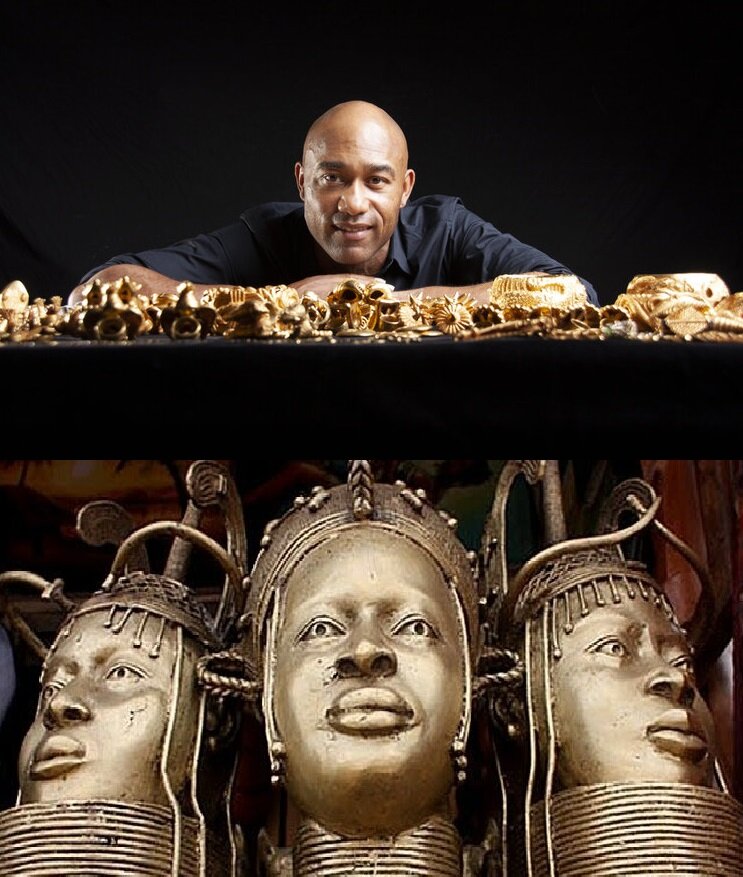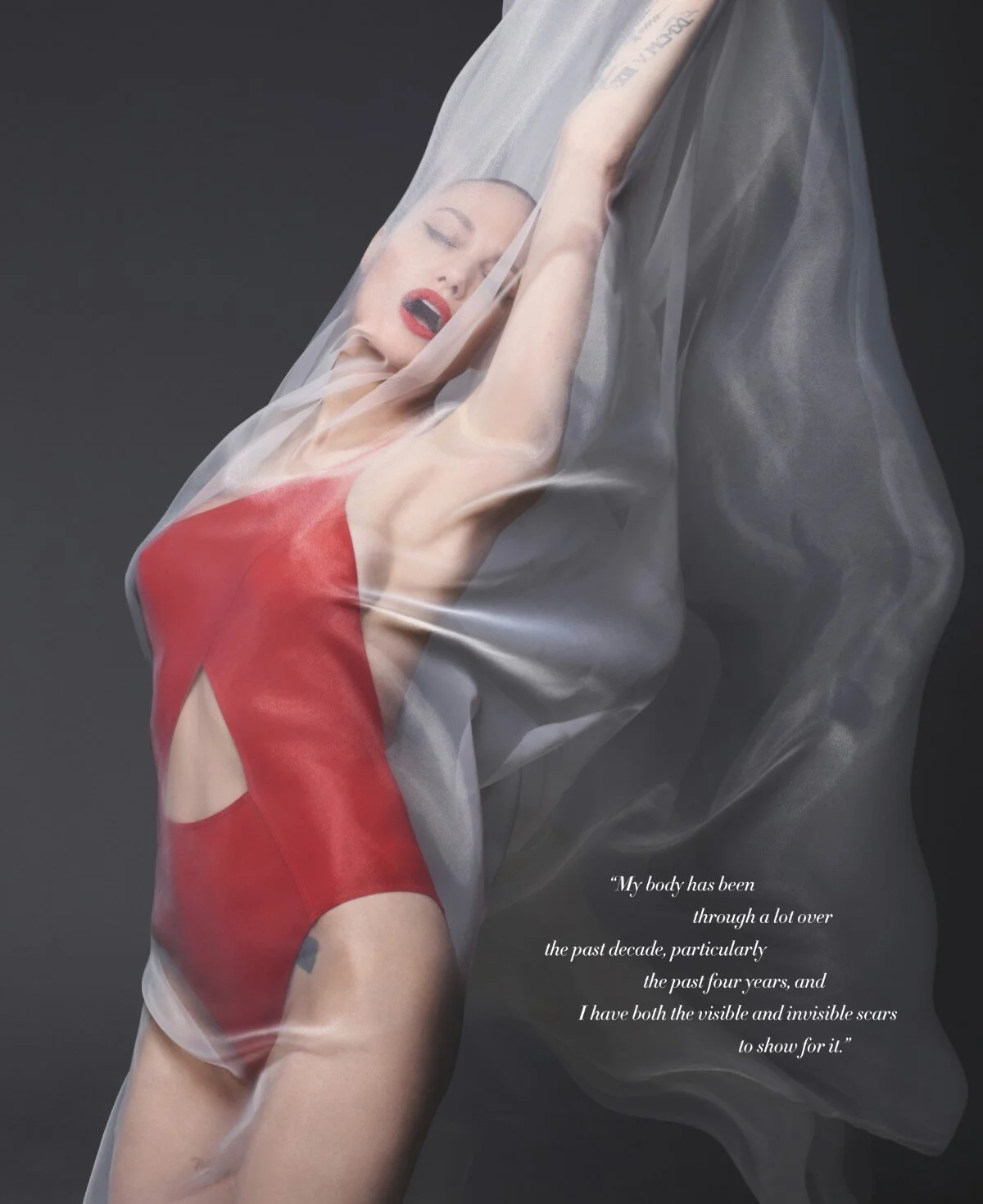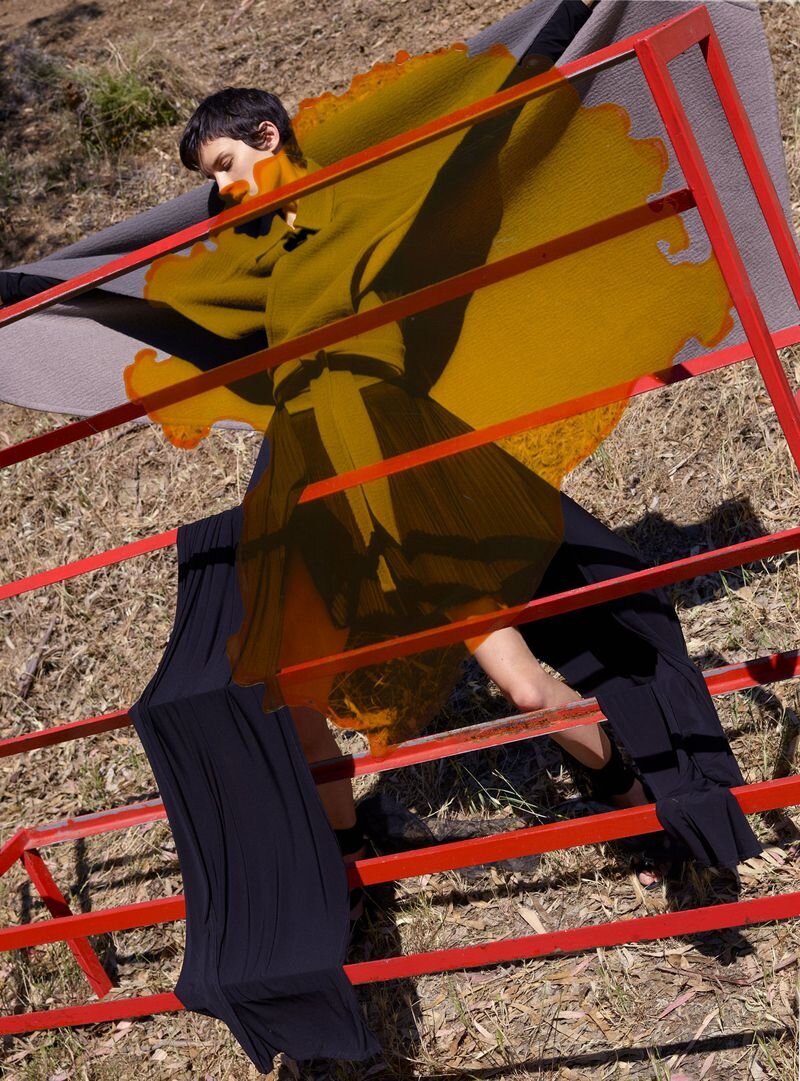J'Adore: Antwerp
/One of the keys to staying young is not Botox (which I use) but keeping an open mind about life and our evolving social culture. I smiled to myself, posting an article on Sexy Futures about Katy Perry’s hit song on bisexuality and then following the link of this story “A Lost World Made by Women”.

Herman Wouters for The New York Times
We’ve established the fact that my relationship with Catholicism is rocky at best. And yet, I can relate to the interesting literary lead in this NY Times feature on the historical traditions of nuns in Antwerp, one of my favorite small cities.
Roaming Europe with my camera one Oct afternoon 15 years ago, I stood on an Antwerp street corner, pointing my lens down the street, and letting it go on automatic. This way I photographed everyone and everything, and not just the beautiful or trendy people. I’ve always been as interested in the whole picture, as the cutting edge one … especially in places like Antwerp.
My takeaway from that afternoon? Men pushing baby carriages.
Because Antwerpians are foot people, green types, with a strong focus on living a high-quality, intellectual life … I noticed a major shift in men as fathers and active child caregivers. Was Saturday just Father’s Day in Antwerp? Hardly. This trend of the engaged, involved, proud father has spread around the world. I swear there are sometimes more men grocery shopping with kids these days, than women.
Back to nuns in 13th century Antwerp.
The facts are that there aren’t that many real isms in life. Lifestyle and culture evolve within a set of economic, scientific, and natural realities. People often fashion culture to suit their own needs.
What can we learn about life in 13th century Europe that helps us understand where we may be going in the future? The answer is on the streets of Antwerp, not only in the shops.
On this subject, I’ve made a new friend from Denmark. He stresses the major changes sweeping through Europe, triggered by terrorism and a reaction to immigration. Listen to this video (click the link to YouTube; it’s not embedded) for a report on contemporary Antwerp and the rapid growth of the Arab European League.
For more information about your Antwerp journey, visit the NY Times Belgium Travel guide.
Sending my best,
Anne





















































